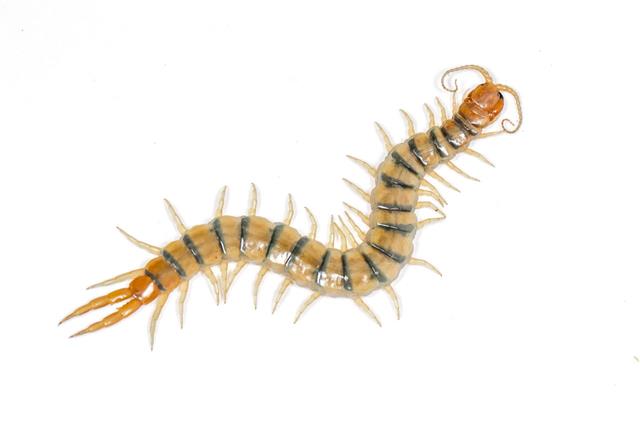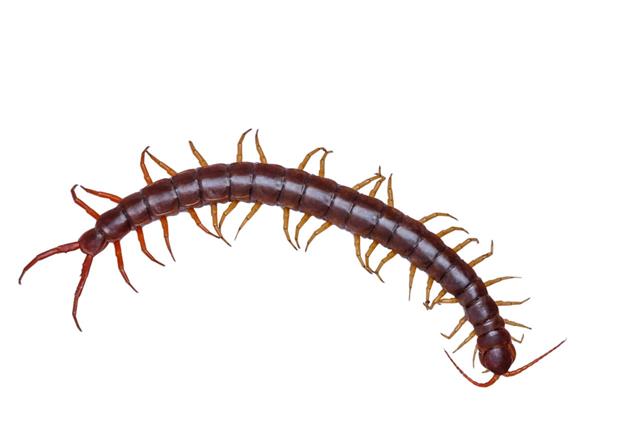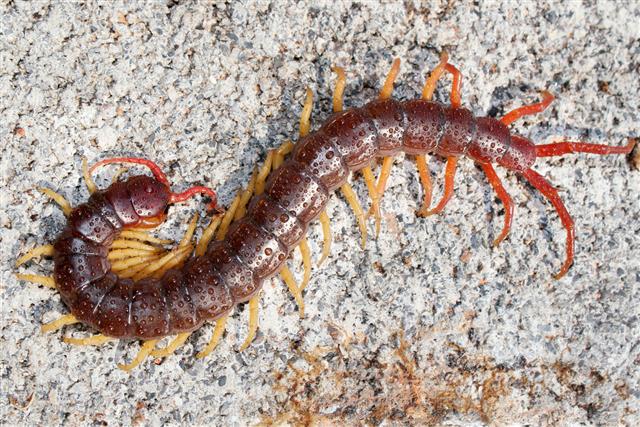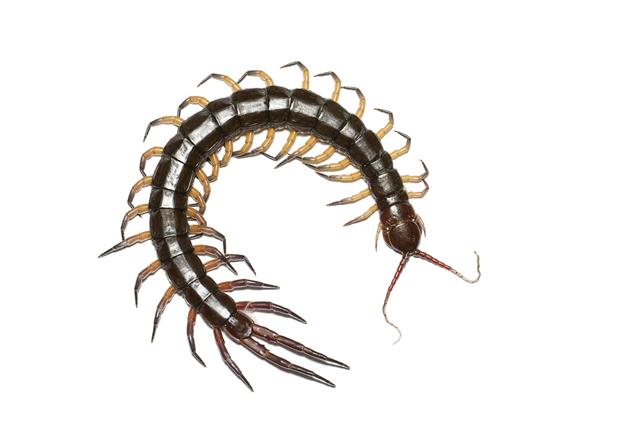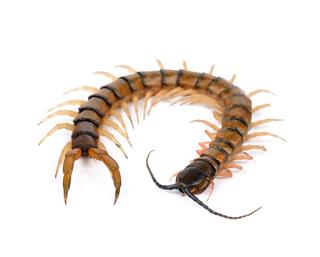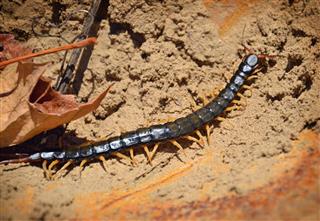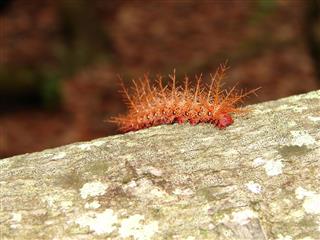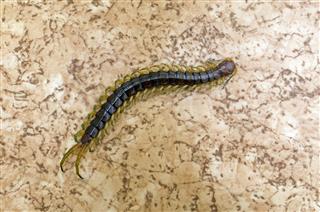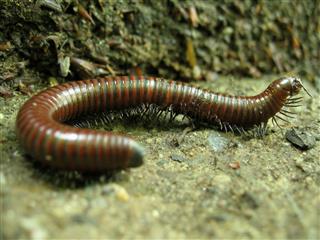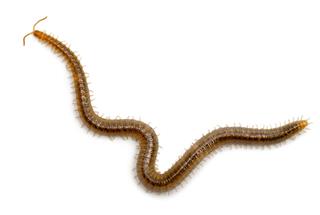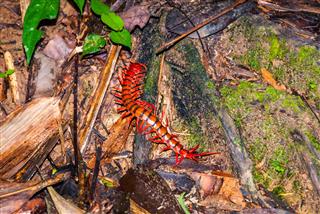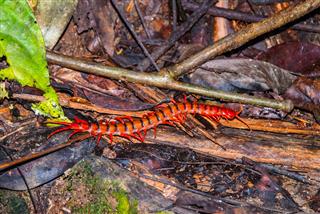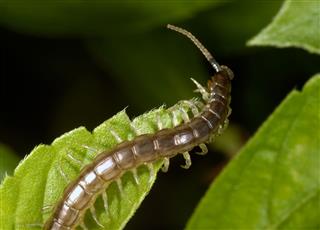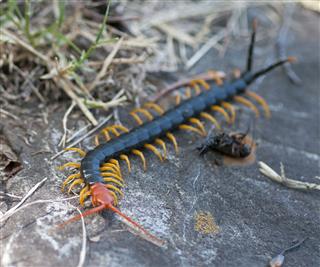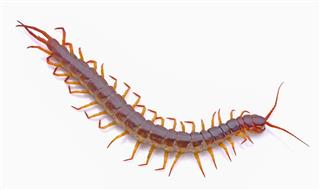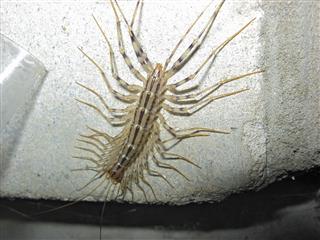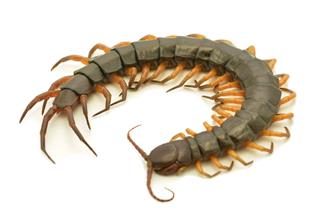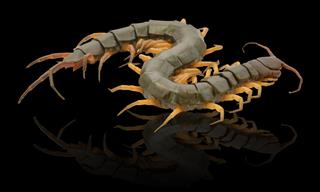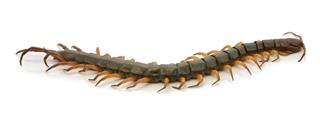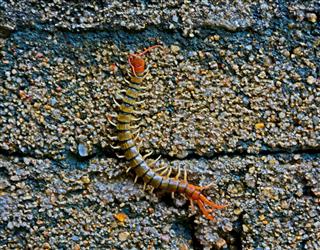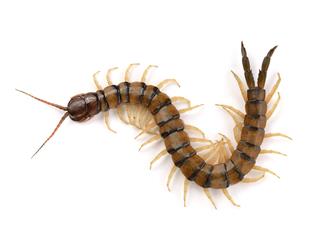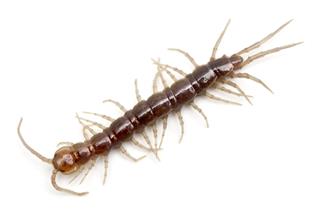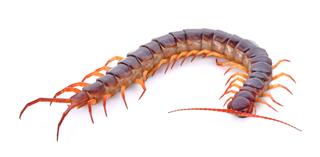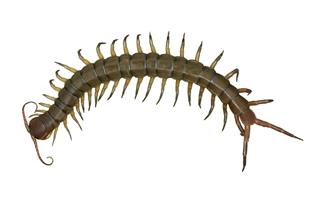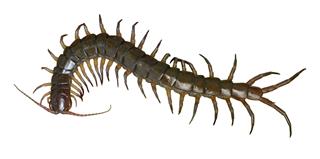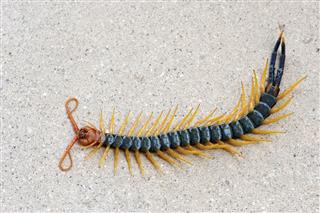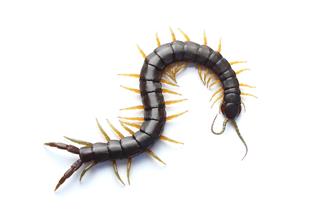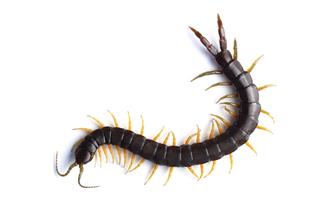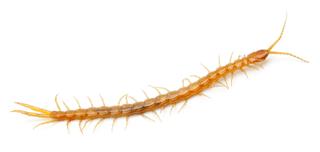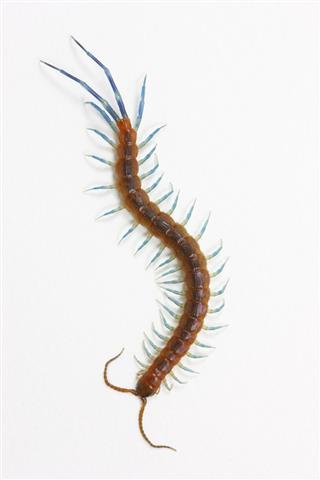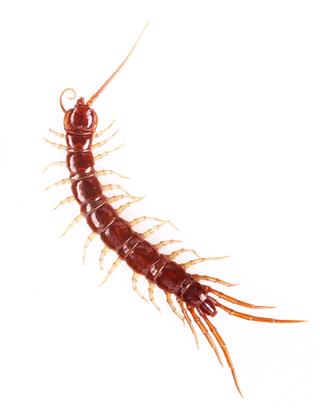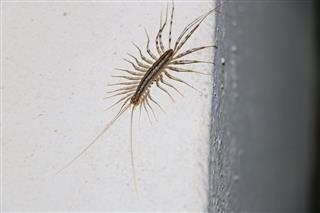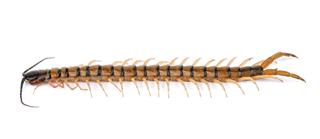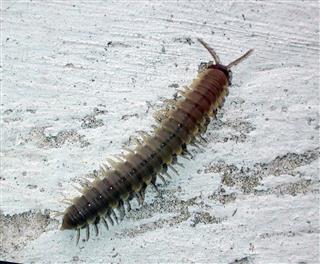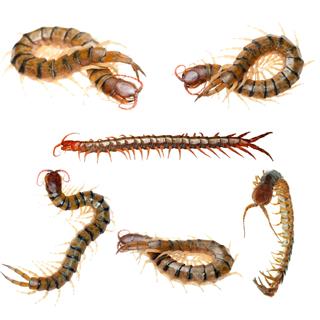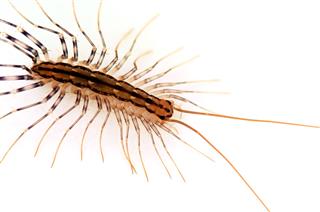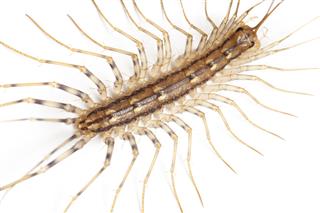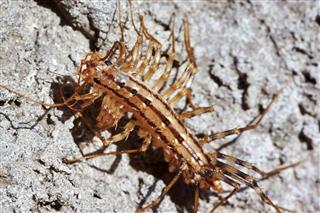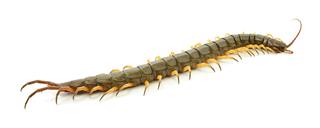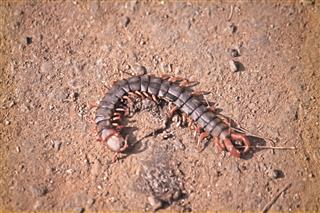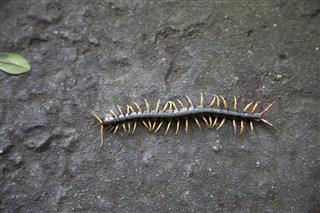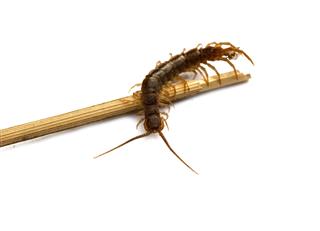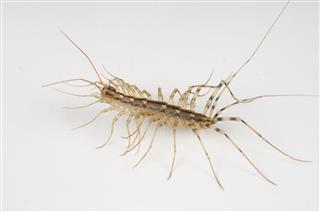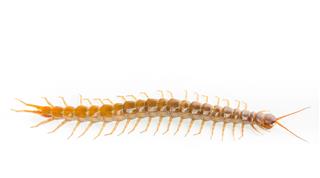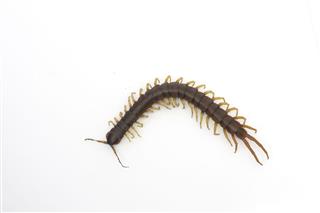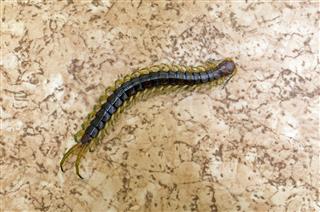
Centipedes are scary little creatures with a segmented body and numerous legs. Did you know that the number of legs are counted in pairs, which is always odd in number?
Centipedes are infamous for their creepy looks, with the n number of legs, the swift, darting movements, and of course, their nasty bites. The word ‘centipede’ means hundred-legged. As the name rightly suggests, these crawling little creatures have numerous legs. However, it is not necessary that each and every centipede has one hundred legs. The number of legs may range between twenty to above three hundred, depending on the age and the species. There are around 8000 species of centipedes that are found in a wide range of habitats, around the globe. Centipede bites can be fatal for kids and those who are prone to develop allergic reactions.
Centipedes are Chilopods, Not Insects
Centipedes are often referred to as insects. In fact, they are chilopods that belong to the class Chilopoda, of phylum Arthropoda. Though insects are also from the phylum Arthropoda, they belong to the class Insecta. So, both centipedes and insects are from the same phylum, but belong to different classes, and share different traits. Unlike insects (most of the adults have six legs), centipedes have numerous legs. They do not have the waxy cuticle (around the exoskeleton) that is found in most insects and arachnids.
A Segmented Body, Numerous Pairs of Legs
These are among the classical features of a centipede. It has a flattened body that is divided into segments. Each segment has a pair of jointed legs, and the number of legs of a centipede may vary from one species to another. The young ones (in some species) have lesser number of segments as well as legs, as compared to adults. On an average, centipedes are found to have 15 to 35 pairs of legs.
Members of some species of centipede have around 177 pairs. It has been observed that each pair of legs is longer than the ones located in front of it. The first pair is modified into pincer-like structures, whereas the last pair acts like antennae with sensory bristles. The head carries a pair of antennae, two elongated mandibles and four maxillae.
Centipedes Can Shed and Regrow Legs
Certain centipede species, the larvae have lesser number of legs, when compared to adults. After every molting, the number of segments and legs increases, till the centipede reaches adulthood. The increase in the number of segments and legs may vary with different species. While some species develop around 15 pairs of legs, after five to six successive molts, the number may be much higher for certain other species.
In some cases, young centipedes are born with all pairs of legs, and molting does not cause any further increase in the number of legs. In case of a predator attack, centipedes may drop their legs and escape. This is one of the common methods of escape, adopted by these creatures. In such cases, juveniles can fully regrow the lost legs, whereas in adults, the regrown legs may have a stunted look.
It is believed that the number of remaining molts in the life of a centipede, affects its capability of regrowing lost legs. In case of adults, lesser number of molts are left in their life, and so they develop shorter legs.
Centipedes are Venomous, Have Fangs
Centipedes are venomous and can inflict painful bites. As mentioned above, the first pair of legs are modified into pincer-like claws that are located just beneath the head, covering the mouth. These structures house the venom glands that run to the tip of each claw. These pincers are used to hold the prey and to inject venom that can paralyze or kill the prey. Otherwise known as forcipules, these structures may appear as mouth parts.
Centipede venom may not be life-threatening for humans, except kids and those who are prone to develop allergic reactions. Those in the latter category may develop severe allergic reactions, including anaphylactic shock. In general, a centipede bite can cause pain, swelling, sensitivity, and extreme discomfort.
Digestion
Centipedes have a tube-like digestive system. The digestive glands are located in the mouth itself. The food is broken down in the foregut, digested in the midgut, and the excreta is expelled through two Malpighian tubules.
Respiration
Each segment of the centipede carries an opening (called spiracle), through which the centipedes breathe. The spiracles connect to the tubes called tracheae that supply oxygen throughout the body.
Reproduction
Sexual activity of centipedes does not involve copulation. The sperms deposited by the males (in a self-made web) are absorbed by the females, so as to facilitate fertilization. The eggs are usually deposited in holes made in the soil. In some species, the females leave the eggs to hatch on their own, whereas others take care of the eggs as well as the young ones.
Learn More About Centipedes
Body Color
Usually, centipedes have a reddish-brown body color. Some tropical species are bright red, orange or blue, whereas certain species, especially the subterranean ones, may not have any specific body color (as they lack pigmentation).
Body Size
The size of centipedes varies with different species, and it can be anywhere between a few millimeters to around thirty centimeters. The largest centipede in the world is Scolopendra gigantea, which is otherwise known as the Amazonian giant centipede. It can grow to a length of around 30 centimeters.
Sense Organs
While some species have compound eyes that are located near the base of the antennae, in some others, eyes are totally absent. Certain species have specialized, disc-shaped organs at the base of the antennae, and these structures act like sense organs.
Very Agile
Centipedes can move so swiftly and rapidly that they are believed to be amongst the fastest-moving, non-flying arthropods.
Highly Adaptable
Centipedes can adapt to a wide range of habitats, ranging from deserts to mountainous regions and tropical rainforests.
Prone to Water Loss
As they do not have a waxy cuticle around their body, centipedes are prone to water loss. This is the reason why they are mostly found in dark, moist locations. They are often found beneath logs, stones and leaf litter.
Carnivorous in Nature
They are carnivores that feed on soft-bodied insects, worms, slugs, and even other centipedes. While some larger species feed on small birds and frogs, there are certain species that opt for decaying plants in case of food shortage.
As per fossil evidences, centipedes are considered one of the earliest terrestrial animals. It is estimated that around 8000 species of centipedes exist on the Earth, but, only 3000 species have been described till date. These creatures are found across the globe, except Antarctica, and they have a long lifespan of around five to seven years.
Centipede bites are not fatal, some may develop complications. In case of centipede bites, wash the area with soap and water, and contact your health care provider. Seek immediate medical attention, if you develop allergic reactions. This is applicable for kids too, as they are more prone to develop complications due to centipede bites.
